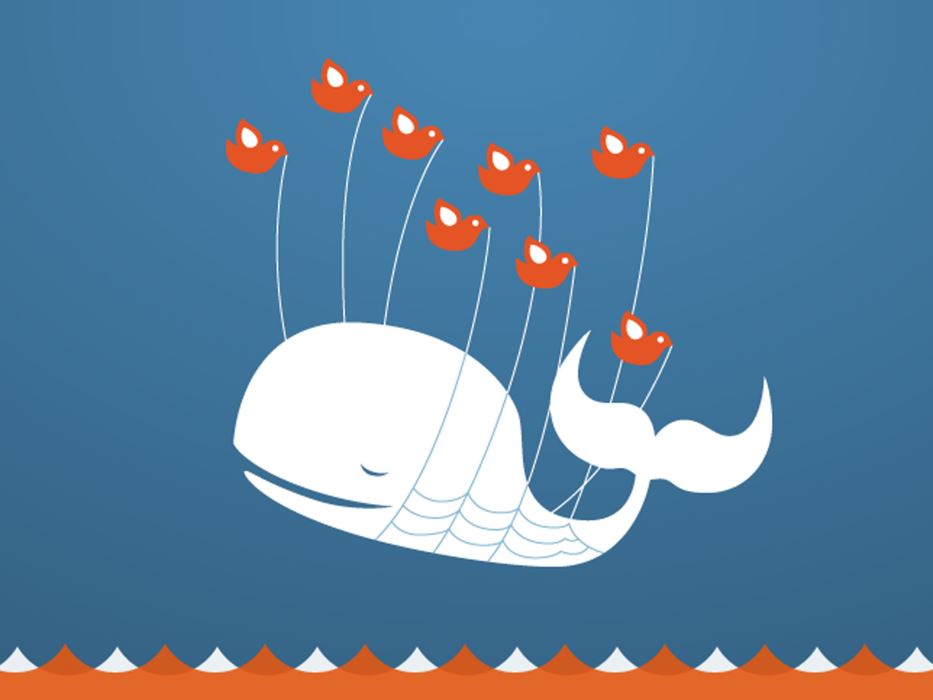On Replacing Twitter

I can not tell you when, exactly, I fell in love with the idea of Twitter, but I can tell you that I certainly feel different about the site now-a-days. Three times today, a day in which fellow social media giants Facebook and Instagram have been experiencing hours-long outages, folks in my Twitter feed have described the site as a “hellscape.” And that is the inspiration for this post. How do you make a better version of Twitter?
The following is an unorganized list of ideas from your friendly-neighborhood web designer.
- The default view of a user’s feed should be based on time of Tweet, not an algorithm weighted toward “high engagement” posts. It should be an actual timeline. Newest posts on the top.
- Not an ‘edit’ button, but instead add a ‘clarify’ button to allow users to add additional context to a Tweet. The original post remains in place, warts and all. The ‘clarify’ statement gets added above the original. Display how much time has passed between the original post and the clarification. A quick clarification could be a response to a grammar error or factual misstatement. A longer time for clarification could be the result of a changed opinion, growth or a reaction to dog piling.
- Hide “Favorite/Like” and “Retweet” numbers for content that isn’t yours. While we are at it, hide follower numbers too.
- Let folks browse the web site w/o signing up for an account.
- Keep the context of the original post intact. Context can be lost as Tweets gain popularity, go viral, and conversation threads spiral out. When context is lost, folks get confused. When folks get confused, they can get emotional. Retweets and quote tweets should be references to the original. Keep the context of the original post intact.
- Bring back access to the robust developer APIs. For a period of time, developers were using Twitter data to create all sorts of interesting sites and services. And anyone could have access, from large development shops to students. It was an innovative time. People were excited about what they could do with Twitter data. Blue collar web developers were excited about Twitter.
- Get rid of all the Nazis.